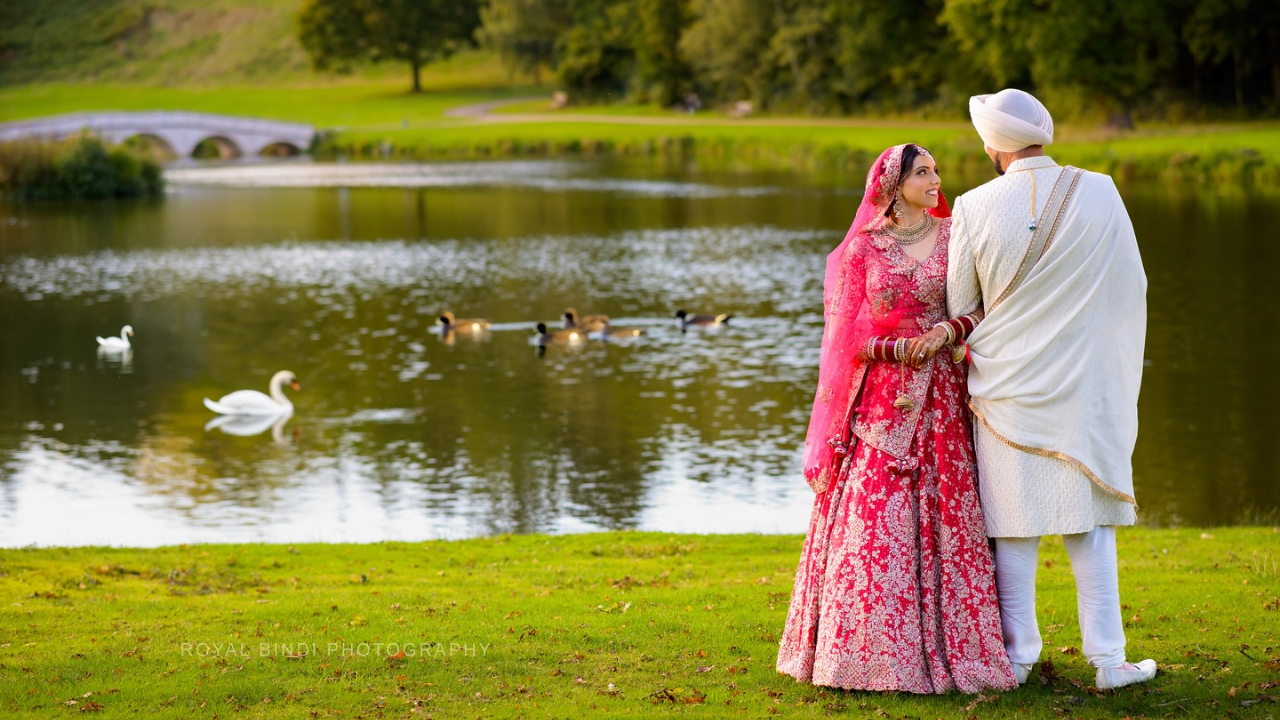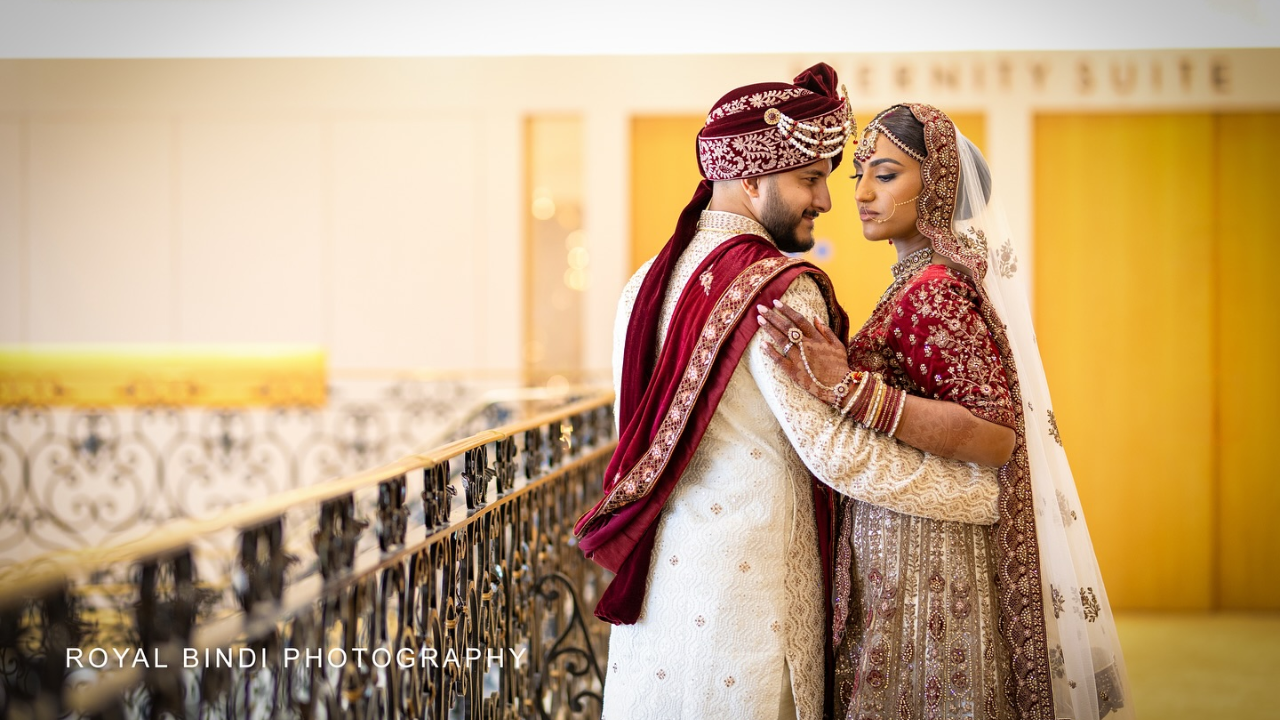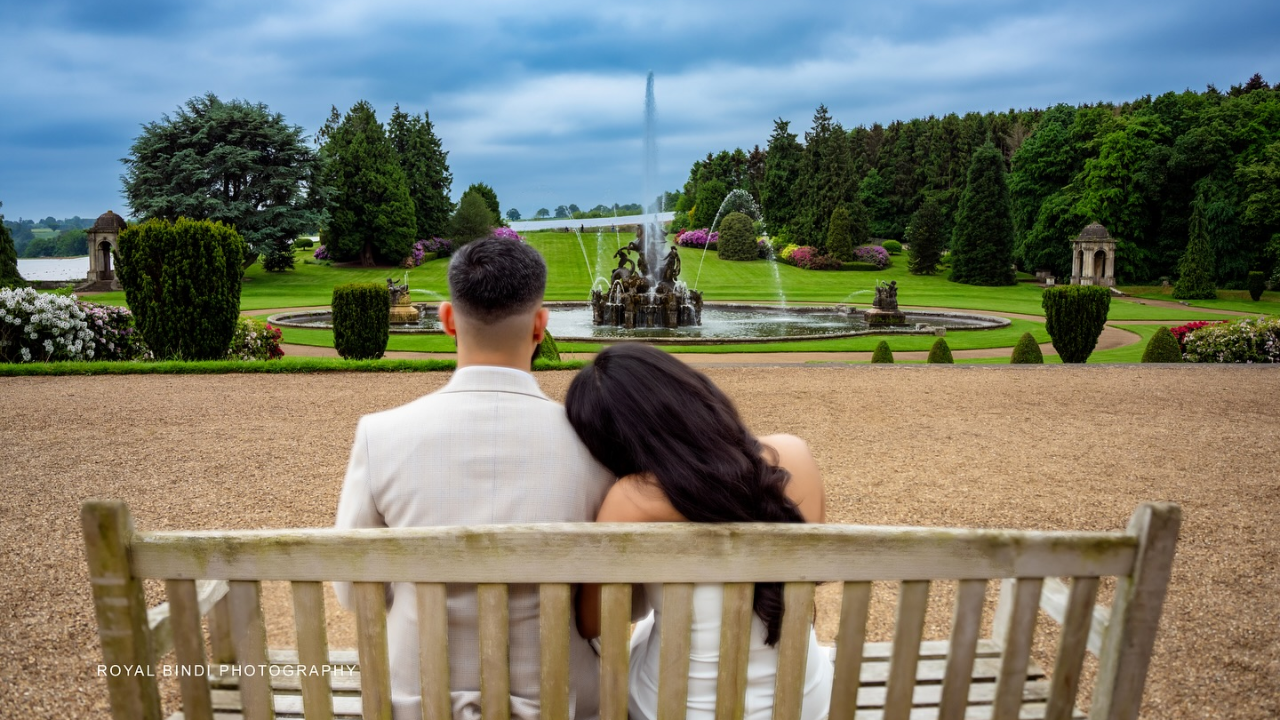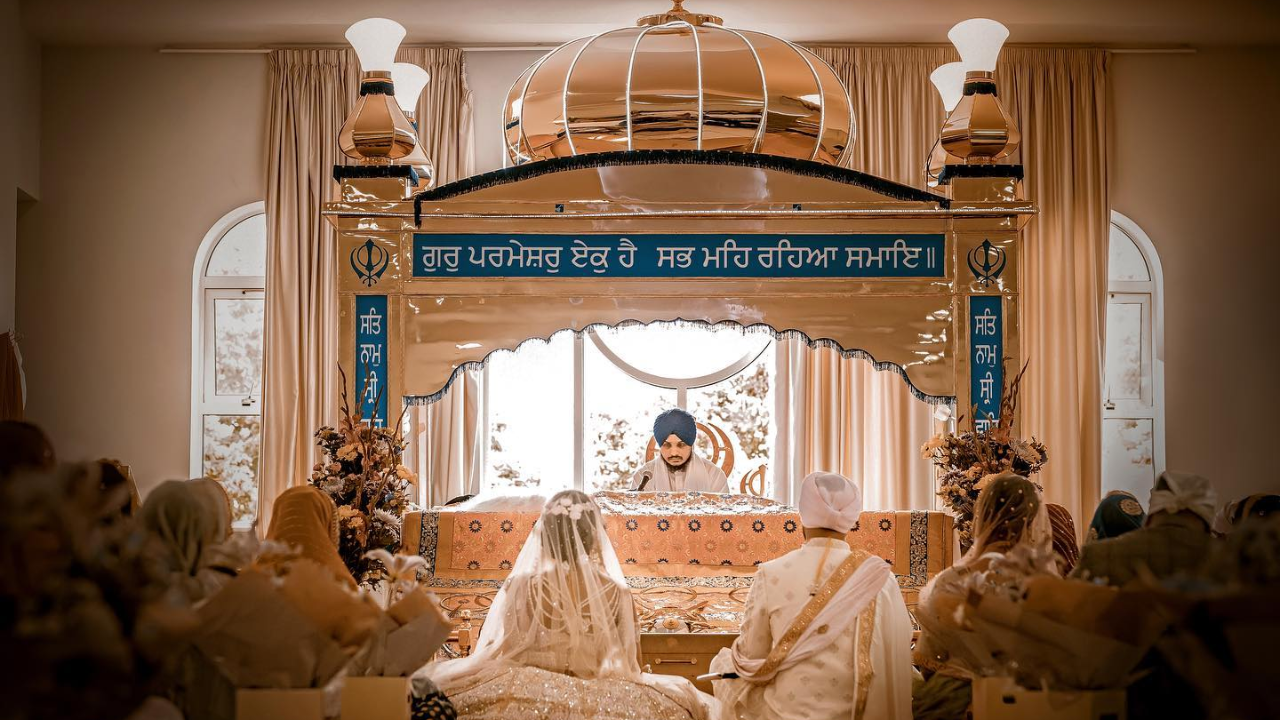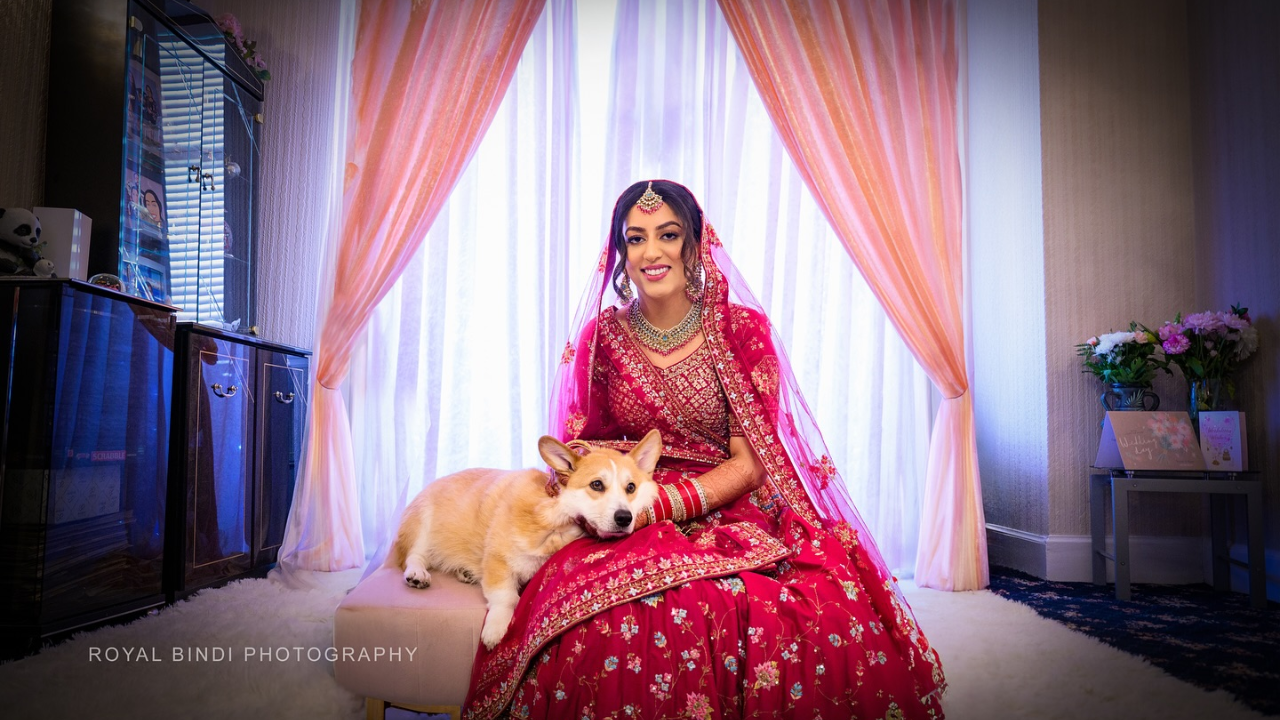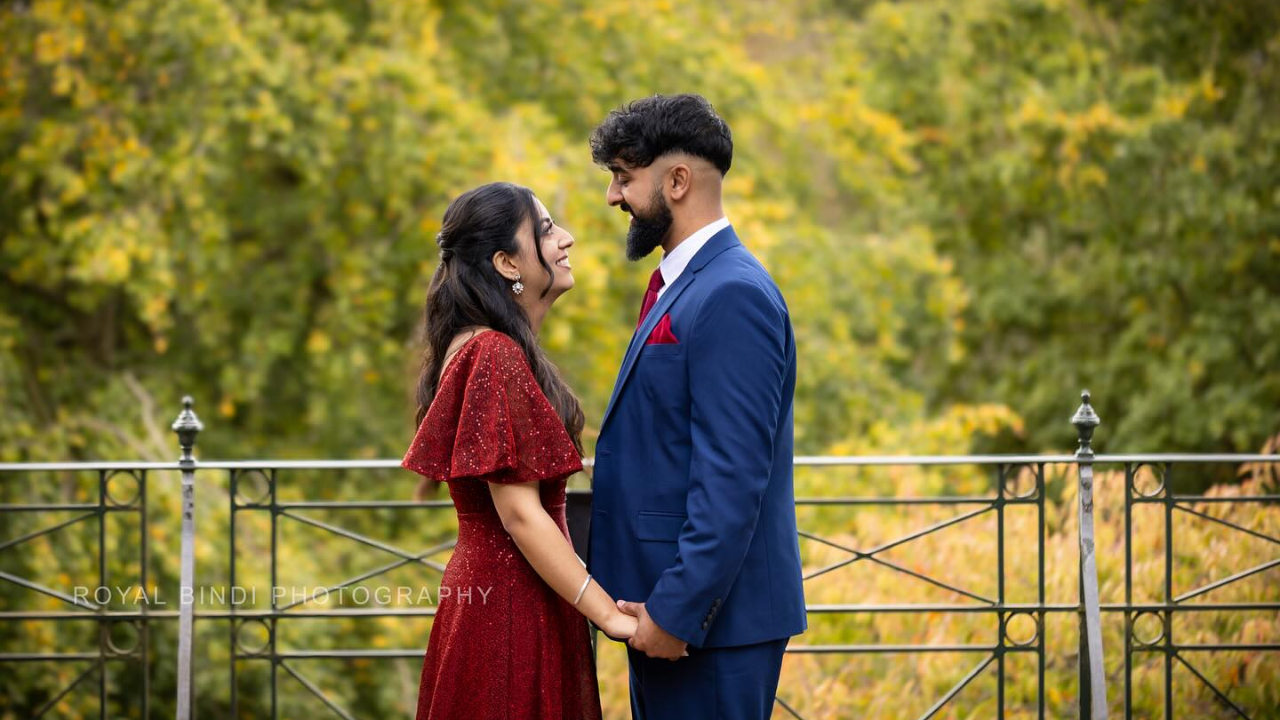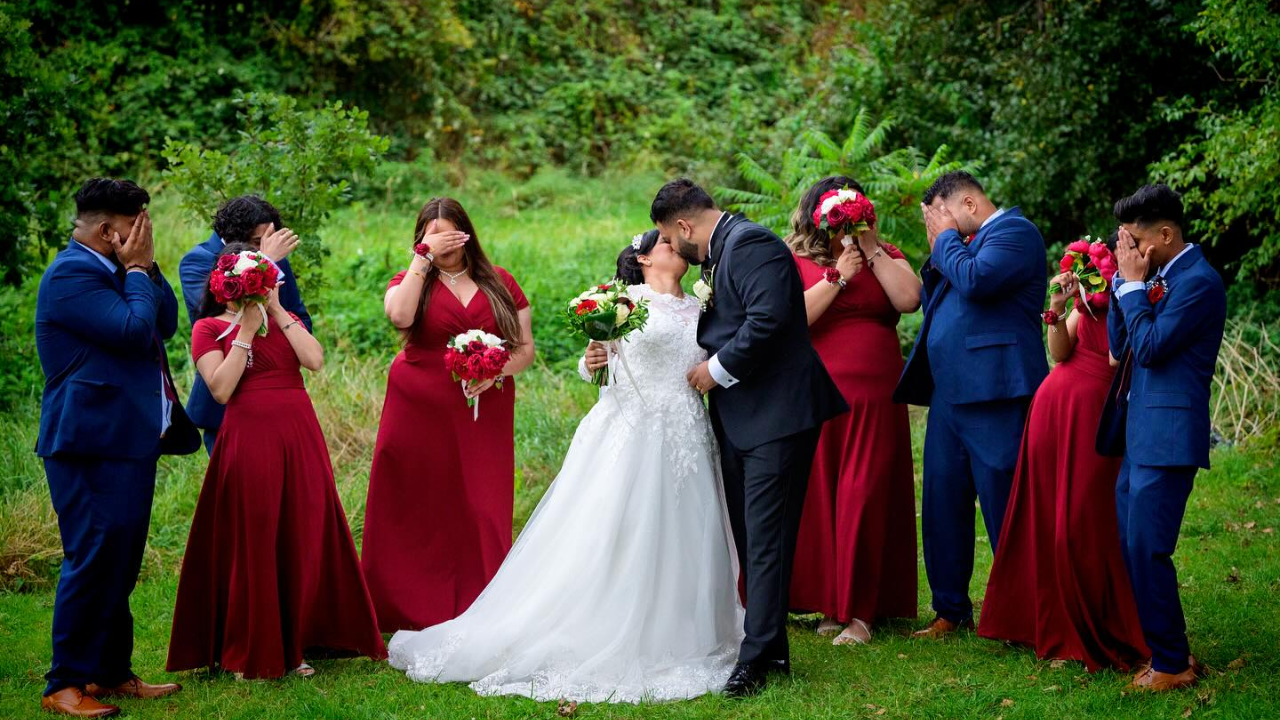Unveiling the Rich Tapestry of Asian Wedding Culture:
Traditions, Customs, and Ceremonies
Asian wedding culture is a captivating mosaic of traditions, customs, and ceremonies that vary from country to country, each a testament to centuries of history and cultural values. This article will explore the depth and diversity of Asian wedding culture through specific examples of traditional wedding rituals, showcasing the profound significance these events hold in Asian societies. From the exchange of tea in Chinese weddings to the sacred vows of Indian pheras, we will delve into the rich tapestry of Asian wedding traditions, all beautifully documented through our lens of Asian wedding photography, which captures the essence and beauty of these cherished moments.


